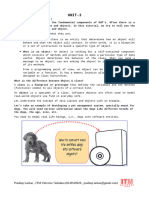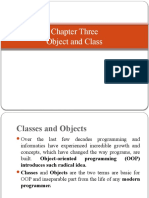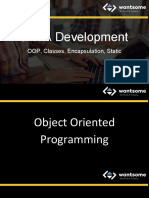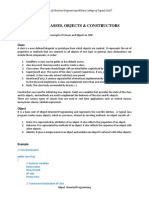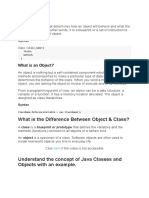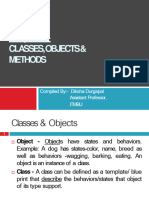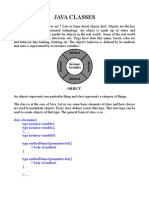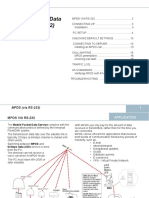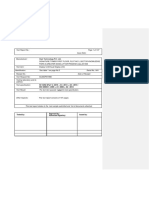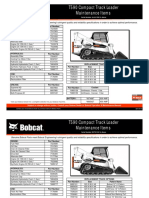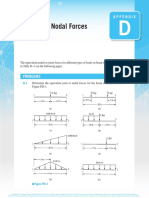0% found this document useful (0 votes)
4 views60 pagesClasses and ObjectsPINIKAS
The document provides an overview of Object-Oriented Programming (OOP) in Java, detailing concepts such as classes, objects, attributes, and constructors. It explains the benefits of using OOP, including code reusability, easier maintenance, and real-world modeling. Additionally, it outlines the process of creating classes and objects, as well as the differences between static and non-static attributes and constructors.
Uploaded by
kirtbayot1Copyright
© © All Rights Reserved
We take content rights seriously. If you suspect this is your content, claim it here.
Available Formats
Download as PDF, TXT or read online on Scribd
0% found this document useful (0 votes)
4 views60 pagesClasses and ObjectsPINIKAS
The document provides an overview of Object-Oriented Programming (OOP) in Java, detailing concepts such as classes, objects, attributes, and constructors. It explains the benefits of using OOP, including code reusability, easier maintenance, and real-world modeling. Additionally, it outlines the process of creating classes and objects, as well as the differences between static and non-static attributes and constructors.
Uploaded by
kirtbayot1Copyright
© © All Rights Reserved
We take content rights seriously. If you suspect this is your content, claim it here.
Available Formats
Download as PDF, TXT or read online on Scribd
/ 60












